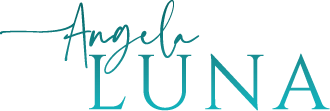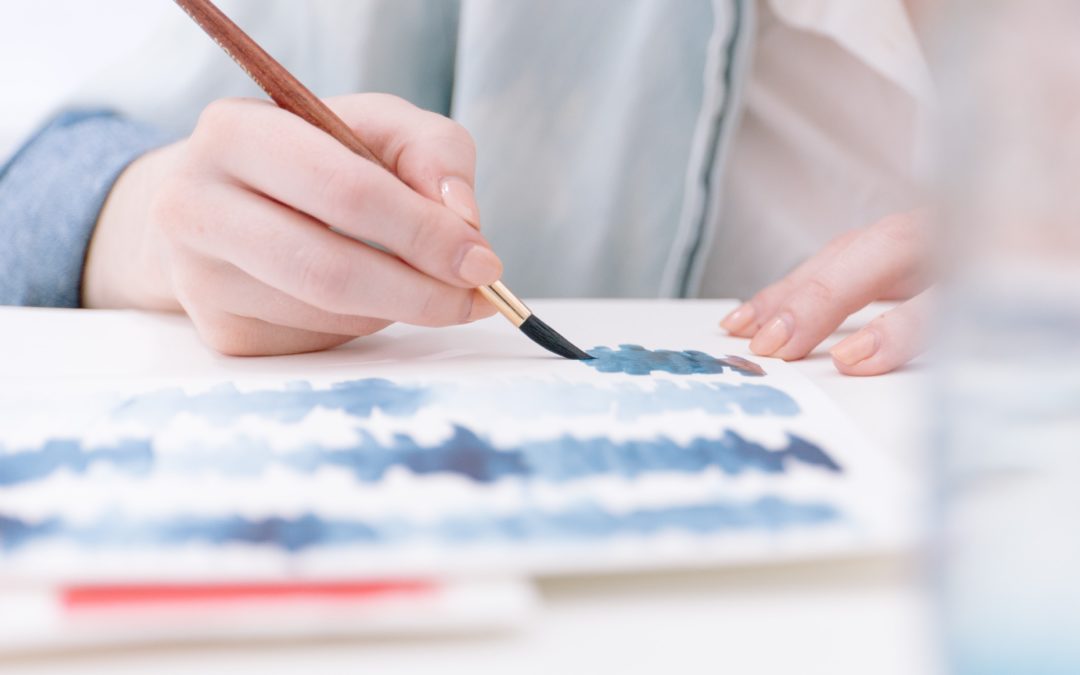What is Expressive Arts Therapy?
If you are asking yourself, “What is Expressive Arts Therapy?” you’re not alone. When I introduce myself as an Expressive Arts Therapist, I am often met with a bewildered look and an emphatic “What!” In short, Expressive Art Therapy, also known as EXA, is a therapy approach that incorporates music, movement, dance, drama, poetry, storytelling, clay, painting as well as other creative arts, as a form of healing.
The truth is that expressive arts therapy is not new. Various cultures throughout the world have involved the arts as a part of connection, healing, and ritual for millennia. Expressive Arts therapy can be known as a 20th-century version of this long-held tradition. Let’s look at how this approach works in current times.
Your Inherent Creativity
The expressive arts approach is based on the belief that you are inherently creative. The therapist holds the lens that you are born with the innate, imaginative capacity to find ingenious ways of solving problems and connecting to your true desires. By exploring freely in a session, you open to your natural, unrestricted playful state.
Rather than trying to solve a dilemma or overcome a pattern by thinking about it, which often makes the pattern more engrained, you may engage in an intuitive drawing or explore a music and writing exercises to access what is lying beneath the thinking mind. In this inspired place of exploration, you can better gain insights and find solutions to long-held barriers or old patterns, often in surprising ways.
Flow of a Session
Although there is no “typical” expressive arts therapy session, you can expect the process to be co-creative and fluid. An expressive arts therapist meets you where you are and focuses on what is most important for you in the moment and long-term. In a session, the therapist may suggest a specific creative process or invite you to choose what you are drawn to experiment with, at the moment.
Each artistic tool is unique, and a variety may be used together in a session. In other words, you may explore drawing and embodying your image in a single session or simply create a 3-minute collage that reflects your feelings at the moment, all depending on what you need. Although sessions and art practices may vary, you always have a say in what you do in a session and are encouraged to ask for what you need.
Process, Not Product
Expressive arts therapy focuses on the process and not the outcome. This perspective does not look at art as “good” or “bad’ or a person as a “good artist” or “bad artist”. You do not need to have any artistic ability to engage in expressive art therapy. Rather the value lies in creating, expressing, and experiencing.
For example, if working with clay in a session, there is no goal to have a beautiful sculpture. What matters is what comes up for you as you work with the clay. Your experiences, reactions, responses, insights, and breakthroughs are the true work of art.
Incorporating with Other Therapies
The beauty of this approach is that it works well with other therapeutic approaches. Expressive arts therapy combines extremely well with many, if not most, other forms of therapy. Let’s say, you are challenging a negative belief, such as “I’m not good enough.” In an expressive art therapy session, you would still apply the talk therapy tools while perhaps also drawing the part of you that believes you are not enough or using drama interviews and role-plays to investigate it.
By approaching the belief in a new, dynamic way, you gain perspective, have a greater understanding of how to address it, and most importantly learn how to let the belief go if it no longer serves you.
You Were Born to Create
You were born to imagine, dream, and create. What you have learned here about expressive arts therapy merely scratches the surface. It is a taste of the richness that is available when you begin to honor that natural artist within. I encourage you to let the artist out and find out what awaits you on your creative journey.
If you are curious to learn more about this dynamic therapy approach, check out this therapy page to learn more. Or feel free to reach out and sign up for a complimentary discovery session today.

